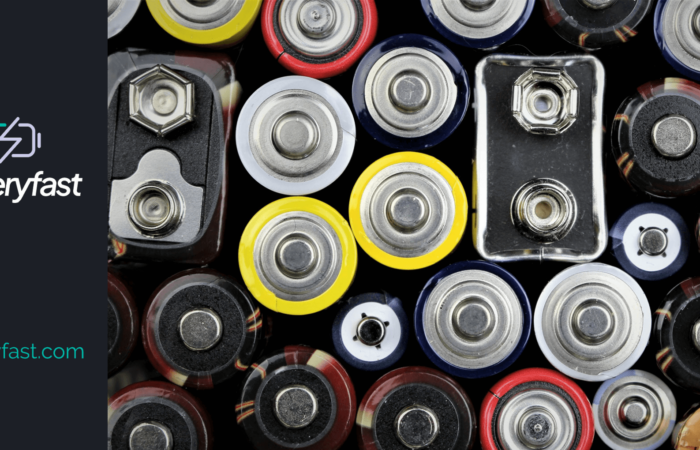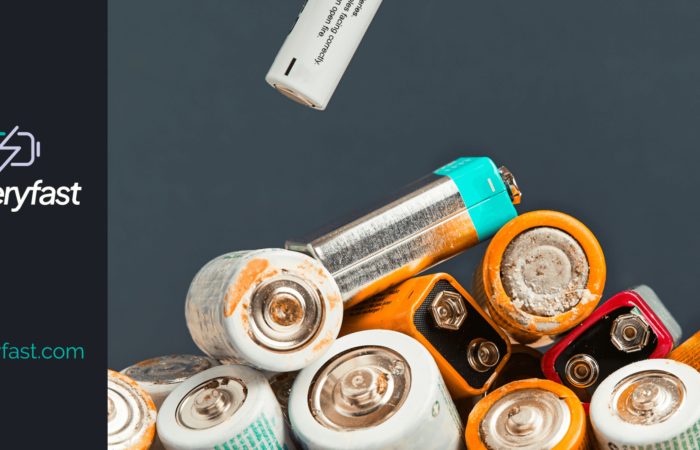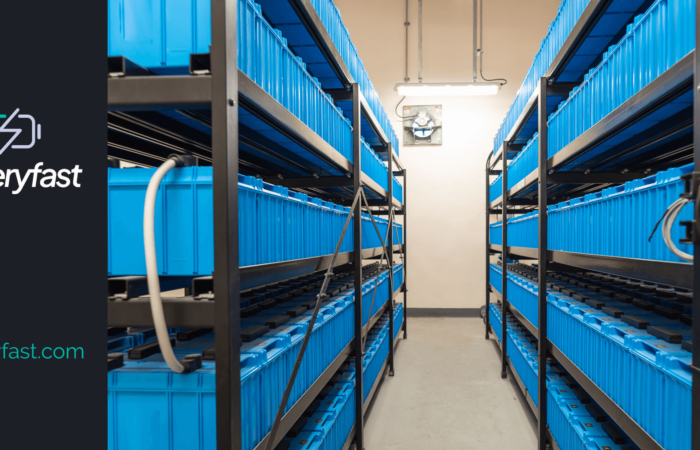Lithium Air Battery
The lithium-air (Li-air) battery works by using the cells inside to create voltage from the availability of oxygen molecules (O2). This is the positive electrode. The oxygen molecules (O2) then react with the positively charged lithium ions, forming lithium peroxide (Li2O2) and in doing so, generating electrical energy. Electrons are removed from the electrode. This […]







